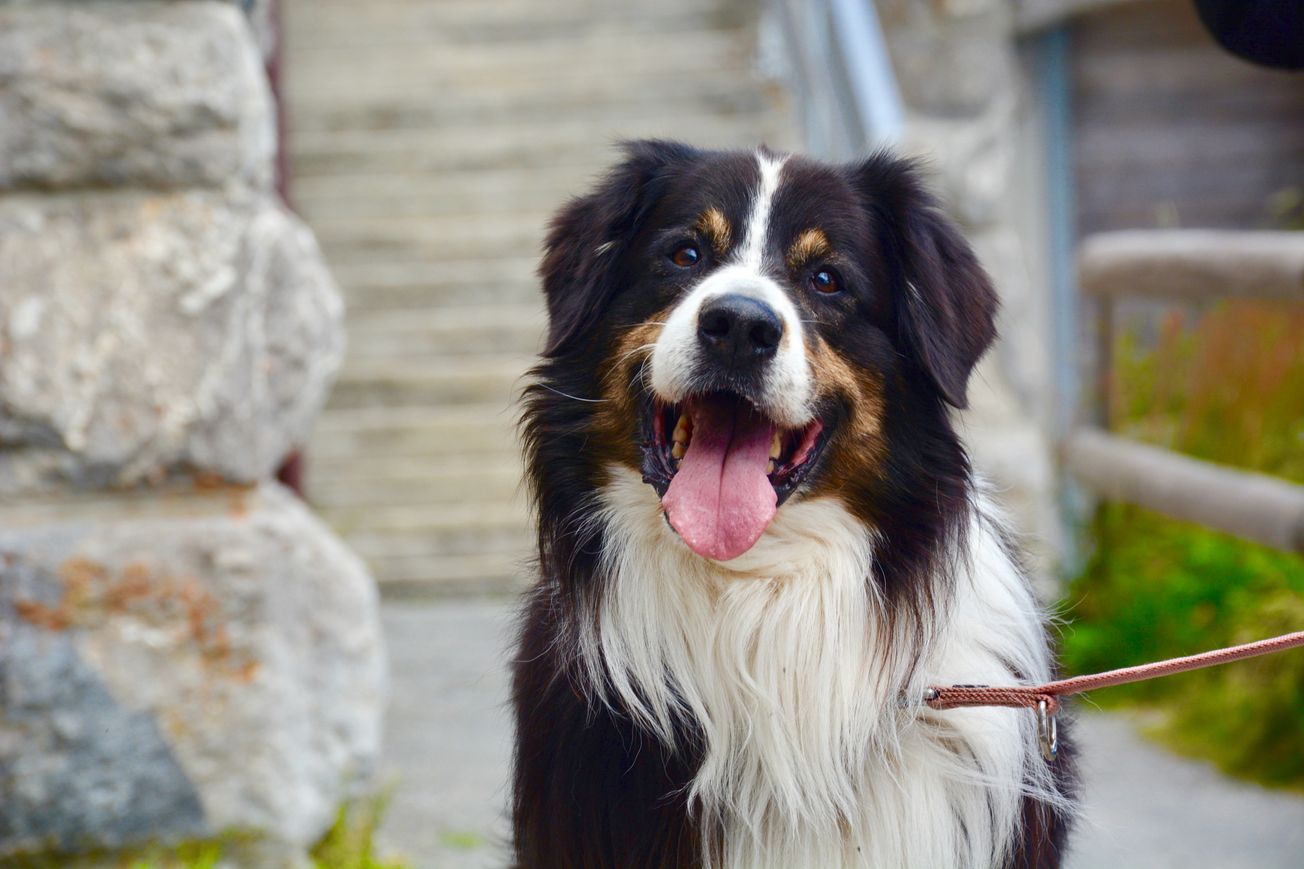By Beth Astley, Second Year, Biomedical Sciences
A recent study found that bone tumours occur more frequently in larger dog breeds, demonstrating a genetic element to the emergence of this cancer. These findings could help to develop treatments to improve animal welfare and provide advice on prospective dog owners on which breeds have a lower risk of this disease.
Canis familiaris; man’s best friend. With twenty-six per cent of the population owning a dog, there are approximately nine million of these well-loved animals living in the UK. But what if the size of your dog affected its chance of suffering from a belligerent bone cancer? Would it influence your decision on choosing a breed?

Unfortunately, osteosarcoma is a very common bone cancer found in dogs. It appears as a solid swelling in the affected area, such as the limb or skull, which can spread aggressively to any other part of the body. The tumour may destroy the bone via a pathological fracture, which is when a bone breaks due to disease rather than injury.
This cancer is often accompanied by symptoms of restlessness or lameness, along with a high temperature and limping. Therefore, it is vital to watch out for subtle changes in the dog’s behaviour to allow for early diagnosis, such as not eating or a change in their temperament.
With help from Cardiff University and the Royal Veterinary College London, the University of Bristol Veterinary School led a study in order to compare 1,756 confirmed cases of osteosarcoma in various dog breeds against a total of 905,211 dogs in general veterinary care (in 2016).
Rottweilers, Great Danes, Rhodesian Ridgebacks and Mastiffs were just a few amongst the 27 breeds found to have a higher risk of osteosarcoma compared to crossbreeds. The researchers stated that ‘heavier dogs with longer legs and longer skull shapes’ were at the highest level of risk from developing bone cancer.
Additionally, Jack Russells, Border Terriers, Bichon Frises and Cavalier King Charles Spaniels were some of the smaller breeds identified to have a reduced risk of this bone cancer compared to crossbreeds.


What makes this study fairly revolutionary is due to the sample size used; it can confidently conclude that certain smaller dog breeds are in fact at a lower risk of cancer. Other, previous, research has only identified those breeds at a higher risk.
Dr Dan O’Neill (Senior lecturer in Companion Animals Epidemiology) advises new owners to think about smaller dog breeds or deliberately ‘choosing puppies from smaller-sized parents of these giant breeds.’ This would ensure that the quality of life of the dog is maximised and potentially reduce vet bills on the care for dogs with this cancer.
This study has been invaluable in confirming the genetic basis of osteosarcoma in dog breeds, not only for improving the quality of life for dogs who suffer from this disease, but also for using affected dogs as study models for how these tumours may develop in humans.
The future of this research could move towards identifying the specific gene mutations relating to this cancer, in the hopes of understanding the biological pathways that form tumours in normal bone tissue. If individual genes are discovered in certain breeds, newly developed drugs could target them during future treatments.
Furthermore, even though osteosarcoma rates are far lower in humans (800 cases reported a year in the US), by collaborating with those in the canine cancer field, the research conclusions may be able to translate into human treatment. It is possible to target the same or similar genes found in human patients, which were identified in the dogs.
Novel study highlights varied colorectal cancer risk between sexes
University of Bristol leads new research to identify genes implicated during scarring
Whilst this is It’s a fascinating and exciting revelation in cancer treatment, it nonetheless begs the question on the fate of large and beloved dog breeds. Will iconic breeds, such as the Great Dane, be bred out of domestic pet ownership due to their increased risk of this debilitating disease?
Thanks to the hard work of scientists at the University of Bristol and their partner institutions, this disease is closer than ever to being properly treated in dogs. However, a moral dilemma exits of whether it is worth the risk to keep breeding and selling these dogs despite the known risks.
Featured Image: Epigram / Julia Riopelle
Do these risks for your future beloved pet influence the breed of dog you may wish for?









